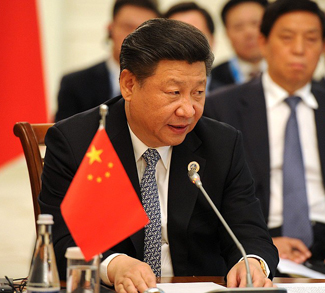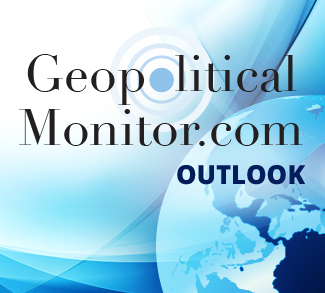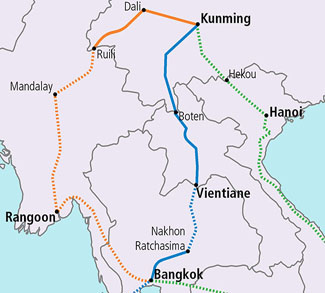Summary
During a two-day forum held in mid-May, world leaders gathered in Beijing to hear China’s plans for its ‘One Belt, One Road’ (OBOR) initiative to transform the present economic order. ‘One Belt, One Road’ is Beijing’s newest diplomatic trade initiative; it involves 65 states, and aims to connect the infrastructure and economies of Asia, Europe, the Middle East, and Africa. The $1 trillion project is widely considered a savvy geopolitical move that will not only help China grow its economy but also gain political influence around the world. OBOR’s ambitions to promote Chinese-style globalization via multilateral trade will thus help China solidify and expand its position in a period of geopolitical instability.
The election of Donald Trump last year marked the end of the liberal global order; the populist surge he rode to victory is nothing less than an existential crisis for neoliberalism. But what vision of globalization is Xi championing? There is a juxtaposition of China’s global drive to usher in a new era of (common) peace, trade, and security against its domestic repression of journalists, human rights lawyers, and activists. The regime’s authoritarian nature naturally leads to a lack of transparency and accountability, and this will surely reflect in One Belt, One Road. Most notably, Beijing has not yet published a comprehensive list of OBOR-related projects or confirmed any administrative details.
China maintains that the ‘new Silk Road’ is motivated by expanding free trade, development, and mutual profit. Moreover, President Xi announced in his opening speech at the Belt and Road Forum that China would contribute an additional $113 billion in extra funding as well as $8.7 billion in assistance to developing countries along the new routes. According to Chinese state media, several trillion more dollars are due to be invested over the next five years alone. If One Belt, One Road succeeds, it’s possible that the ever-elusive ‘win-win situation’ will be realized; but if it fails, greater political and economic instability will ensue, leading to possible unrest in China’s backyard. It is thus essential to understand the scope, actors’ intentions as well as management style of this China-led initiative to predict the effective implementation of the One Belt, One Road project.
Background
Building a New Silk Road
More than two millennia ago, China’s imperial envoy Zhang Qian helped establish the Silk Road, which was named after China’s main export at the time. Now a key exporter of manufactured and renewable energy products, President Xi proposed initial plans for the ‘One Belt, One Road’ initiative on a trip to Kazakhstan in 2013. This proposal was elevated into a plan of action by the State Council in 2015, and was jointly released on March 28, 2015 by the National Development and Reform Commission, Ministry of Foreign Affairs, and Ministry of Commerce.




